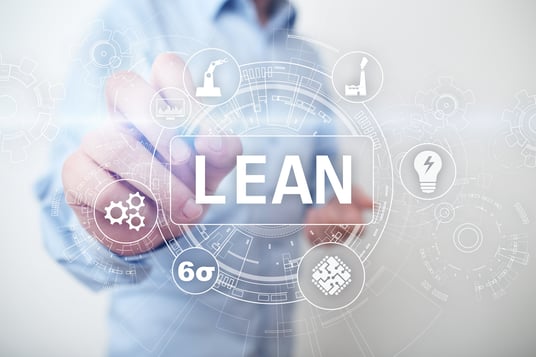REDWOOD LOGIN
Redwood PortalLTL
SCS
SCS Support
Rockfarm
 Lean transportation focuses on eliminating any processes that do not add value to the supply chain management system. Eliminating waste brings value to your customers that go above and beyond expectations. Using lean thinking to reduce waste within your supply chain saves you time and money which increases your company's profits and reputation.
Lean transportation focuses on eliminating any processes that do not add value to the supply chain management system. Eliminating waste brings value to your customers that go above and beyond expectations. Using lean thinking to reduce waste within your supply chain saves you time and money which increases your company's profits and reputation.
There are eight rights of lean transportation thinking. These are areas that supply chain managers should focus on to reduce waste. Focus on having the right:
• Materials
• Quantity (of Materials)
• Time
• Place
• Source
• Price
• Quality
• Service
When applying these rights, your supply chain management thinking goes beyond just product being transported and delivered but shifts to a customer-centric outlook that seeks to develop strategies that exceed expectations with optimal inventory numbers. Shippers should be viewed as strategic partners to a business rather than just a transactional transportation provider.
Eliminating transportation waste begins with realizing that transportation is not a wasteful practice; however, it is one that needs strategic planning and logistics support to be lean and optimal. Transportation performance should regularly be measured using analytic metrics and key performance indicators.
To begin to apply lean thinking to your transportation management, you must first understand the cost of transportation which is broken down into unit costs and productivity costs. Focusing only on unit costs such as current carrier rates creates an unstable network of transportation. Instead, look for good long-term solutions that focus on productivity costs such as total miles, trailer utilization, waiting times, routing guide adherence, etc. While unit cost rates are negotiable with shippers in most cases, the focus should not be on getting the lowest price, but rather, how to get the best value so that your productivity savings increase.
You should also be looking at your transportation and supply chain performance daily. Disciplined daily analytical measurements should be studied and used to tweak your supply chain transportation strategies in real time. Reducing your costs over the long term is impossible if there are issues that can be corrected quickly, but are not tended to immediately.
Lean transportation is not just about plotting the most efficient routes, reducing your waiting and unloading time, or focusing on the hub to spoke LTL transportation for your supply chain. Lean transportation practices also have to address physical barriers, such as aerodynamics and truck design, that affect fuel consumption, one of the most considerable costs of the transportation industry.
Aerodynamics can account for up to 22% of a fully loaded Class 8 truck's fuel losses while traveling at sustained highway speeds. Tweaking the types of rigs that are used in transportation by using cabs that are the same height as the trailer and adding fairings to the chassis and trailer, amazing fuel savings can often be achieved.
Rounded corners on trailers, wheel covers, and removing auxiliary mirrors and sun visors can also increase aerodynamics and increase fuel efficiency. An alternative to these mirrors is the installation of specially designed aerodynamic primary mirrors and rear-facing cameras to trucks for in-dash monitoring.
Installing Super-single tires onto trailers rather than the dual variety can also reduce truck weight by up to 1000 pounds. When you pair these tires with aluminum wheels, you can reduce your truck weight by even more. The weight reduction can mean higher payloads and an improvement in fuel consumption.
Idling is another significant cause of fuel waste. Idling wastes 5% of a truck's fuel on average, and while idling cannot be eliminated entirely, it can certainly be reduced through lean thinking and strategies. Many of the strategies that drivers should employ to reduce waste will require retraining in driver thinking. When traveling more than 60 miles per hour, the horsepower needed to overcome the wind resistance uses 50% more fuel. Driver's should not focus on horsepower up high, but instead, torque down low to take advantage of momentum. Between the best and worst truck/carrier drivers, there is a 25% difference in fuel economy.
The best way to implement lean transportation practices in your supply chain is to partner with a company that can offer you the analytical and technological capabilities that businesses need to organize, understands and strategizes. Companies like LTX solutions can offer customizable supply chain solutions focusing on lean transportation management to increase savings and profits while reducing and eliminating waste. The best part is they can consolidate all the data for you to offer real-time solutions that are proven to work whether you are using full truckload, less than truckload, brokerage, parcel or international shipping.
If you are ready to get started optimizing your supply chain for lean transportation, contact us to find out how you can intelligently improve your supply chain.